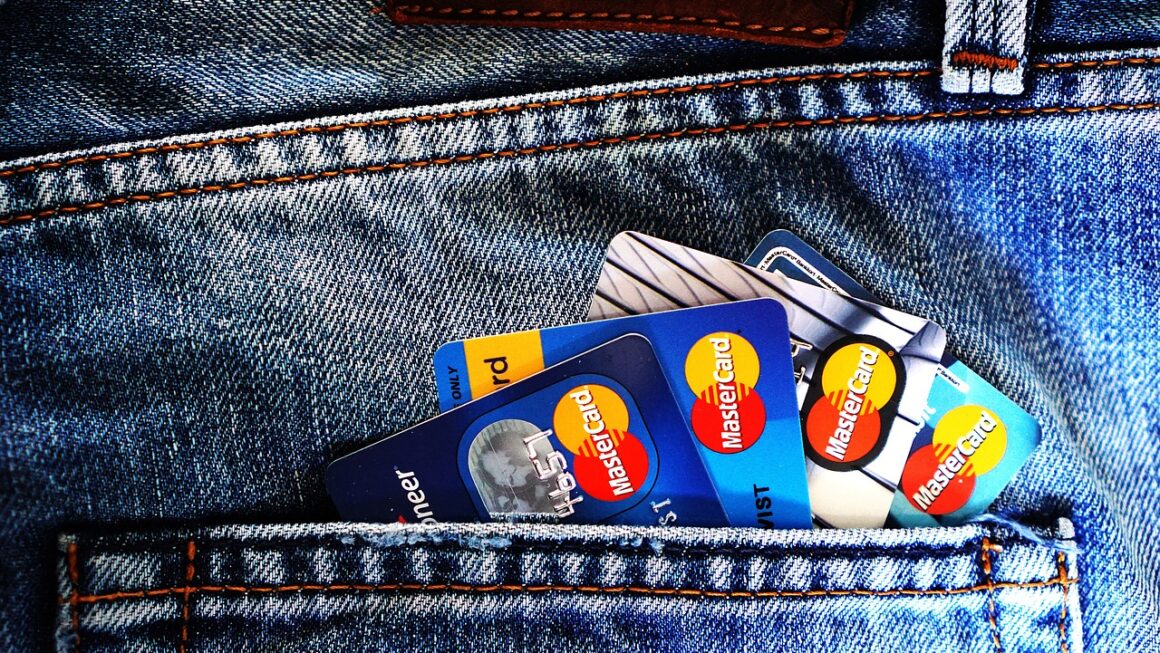Food delivery gigs have exploded in popularity, offering a flexible way to earn money on your own schedule. Whether you’re a student, looking for a side hustle, or seeking a full-time alternative to traditional employment, delivering food with companies like Uber Eats, DoorDash, and Grubhub can be an attractive option. But is it really all it’s cracked up to be? This guide will delve deep into the world of food delivery gigs, exploring the pros and cons, strategies for maximizing earnings, and important factors to consider before you sign up.
Understanding the Food Delivery Gig Economy
What is a Food Delivery Gig?
A food delivery gig involves using your own vehicle (car, motorcycle, scooter, or bicycle, depending on the platform and location) to pick up food orders from restaurants and deliver them to customers. You act as an independent contractor, meaning you’re responsible for your own taxes and expenses. Platforms like DoorDash, Uber Eats, Grubhub, and others act as intermediaries, connecting you with customers and handling the payment process.
Key Players in the Delivery Arena
Several major players dominate the food delivery market:
- DoorDash: One of the largest and most widely available platforms, known for its extensive restaurant partnerships.
- Uber Eats: Backed by the ride-sharing giant Uber, offering a seamless integration with their existing user base.
- Grubhub: A long-standing player with a strong presence in many cities, often focusing on independent restaurants.
- Smaller Regional Players: Companies like Postmates (now owned by Uber) and others operate in specific regions, offering unique opportunities.
Statistics and Market Trends
The food delivery market is booming. Here are some key statistics:
- The global online food delivery market is projected to reach $223.7 billion by 2027 (Source: Statista).
- The COVID-19 pandemic significantly accelerated the adoption of food delivery services.
- Driver satisfaction varies greatly depending on factors like location, platform, and time of day.
Pros and Cons of Food Delivery Gigs
Benefits of Delivering Food
- Flexibility: Set your own hours and work when you want. This is a huge draw for those with other commitments.
Example: Work only during lunch and dinner rushes, or fit deliveries around your school schedule.
- Independence: Be your own boss. You’re not tied to a specific office or manager.
- Low Barrier to Entry: The requirements are typically minimal – a valid driver’s license, insurance, and a reliable vehicle.
- Immediate Earnings: Get paid quickly, often weekly or even daily in some cases.
- Opportunity for Exercise: If you’re delivering by bicycle, you can get a workout while you work.
- Discover New Restaurants: Become familiar with the culinary scene in your area.
Drawbacks and Challenges
- Variable Income: Earnings can fluctuate significantly based on demand, time of day, and location.
Example: A rainy day might lead to higher demand and higher earnings, while a slow Tuesday afternoon might result in minimal income.
- Expenses: You’re responsible for vehicle maintenance, gas, insurance, and self-employment taxes.
- Wear and Tear: Constant driving can take a toll on your vehicle, leading to increased maintenance costs.
- Competition: In some areas, there may be a high number of delivery drivers, reducing the number of available orders.
- Safety Concerns: Driving, especially at night, can pose safety risks.
- Dealing with Difficult Customers: Occasionally, you may encounter rude or demanding customers.
- Lack of Benefits: As an independent contractor, you’re not eligible for employee benefits like health insurance or paid time off.
Maximizing Your Earnings as a Delivery Driver
Choosing the Right Platform(s)
- Research Availability: Not all platforms operate in every area. Check which ones are active in your location.
- Compare Pay Structures: Understand how each platform calculates pay, including base pay, tips, and promotions.
- Consider Sign-Up Bonuses: Many platforms offer sign-up bonuses for new drivers.
- Multi-Apping: Consider working for multiple platforms simultaneously to maximize your chances of receiving orders (be mindful of the terms of service for each platform).
Strategic Delivery Practices
- Target Peak Hours: Focus on delivering during lunch and dinner rushes, when demand is highest.
- Hotspot Identification: Learn where restaurants are clustered in your area and position yourself near these “hotspots.”
- Accepting/Rejecting Orders: Learn to assess the profitability of each order based on distance, payout, and estimated time. Don’t be afraid to reject low-paying orders.
- Efficient Routing: Use navigation apps to optimize your routes and minimize travel time.
- Excellent Customer Service: Provide friendly and professional service to increase your chances of receiving tips.
- Communication is Key: Communicate proactively with customers if there are delays or issues with their order.
Tracking Your Expenses and Income
- Mileage Tracking: Accurately track your mileage for tax purposes. There are many apps available to help with this.
* Example: Use an app like MileIQ or Stride to automatically track your mileage.
- Expense Tracking: Keep records of all expenses related to your delivery work, such as gas, maintenance, and vehicle insurance.
- Income Tracking: Maintain a record of your earnings from each platform.
- Consult with a Tax Professional: Get advice from a tax professional on how to properly file your taxes as an independent contractor.
Safety and Insurance Considerations
Vehicle Safety and Maintenance
- Regular Maintenance: Keep your vehicle in good working order to prevent breakdowns and ensure your safety.
- Tire Pressure: Maintain proper tire pressure to improve fuel efficiency and handling.
- Brakes: Ensure your brakes are functioning properly.
- Regular Inspections: Get your vehicle inspected regularly by a qualified mechanic.
Safe Driving Practices
- Obey Traffic Laws: Follow all traffic laws and regulations.
- Avoid Distractions: Don’t text or use your phone while driving.
- Drive Defensively: Be aware of your surroundings and anticipate potential hazards.
- Plan Your Routes: Familiarize yourself with your routes before you start driving.
- Take Breaks: Avoid fatigue by taking regular breaks.
Insurance Requirements
- Personal Auto Insurance: Your personal auto insurance policy may not cover you while you’re delivering food.
- Rideshare Insurance: Consider purchasing rideshare insurance, which provides coverage during the “gap” periods when you’re logged into the delivery app but not actively transporting a customer or order.
- Commercial Auto Insurance: In some cases, you may need to obtain commercial auto insurance.
- Check with Your Insurance Provider: Contact your insurance provider to discuss your coverage options and ensure that you’re adequately protected.
Conclusion
Food delivery gigs offer a compelling opportunity for flexible earnings, but it’s crucial to understand both the benefits and challenges involved. By choosing the right platform(s), implementing strategic delivery practices, prioritizing safety, and carefully managing your finances, you can increase your earning potential and make the most of this gig economy opportunity. Thorough research and realistic expectations are key to determining if food delivery is the right fit for you.




